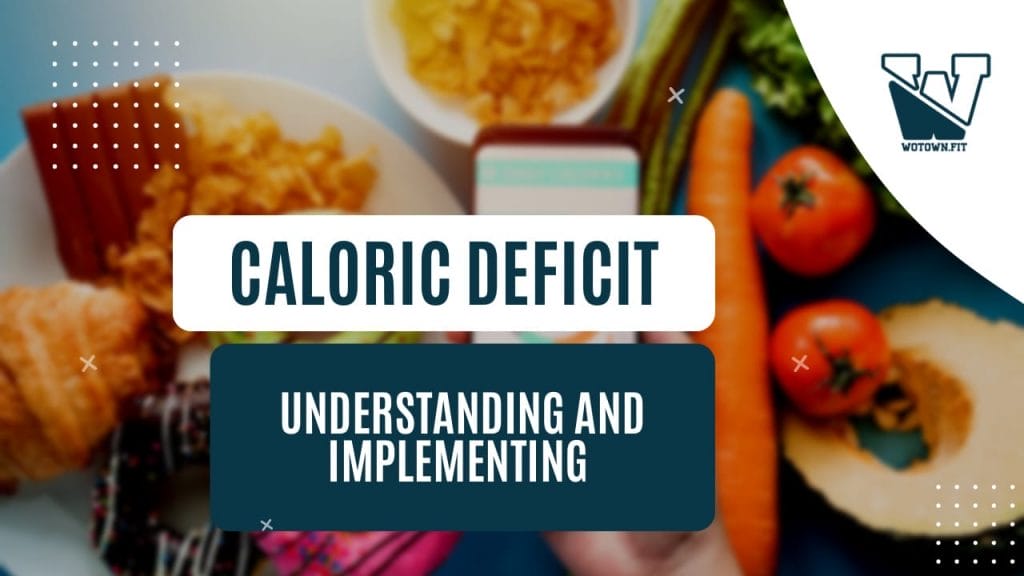WHAT IS A CALORIC DEFICIT?
When it comes to weight loss, a calorie deficit is key. But what exactly does it mean? In simple terms, a calorie deficit occurs when you consume fewer calories than your body needs to maintain its current weight. By creating this deficit, your body is forced to tap into its stored energy, primarily fat, to make up for the shortfall. This process leads to weight loss over time.
Understanding calories is essential. They are units of energy found in the food and drinks we consume. We need calories to fuel our bodies and perform daily activities. However, when we consistently consume more calories than we burn, our bodies store the excess as fat, leading to weight gain. To reverse this, we introduce a calorie deficit.
Creating a calorie deficit can be achieved through a combination of reducing calorie intake and increasing physical activity. It’s important to note that a healthy and sustainable calorie deficit is typically around 500-1000 calories per day, leading to a gradual weight loss of 1-2 pounds per week. Drastic reductions in calorie intake can be counterproductive and may harm your overall health.
THE SCIENCE
To understand how a calorie deficit works, we need to look at the energy balance equation. This equation states that weight loss occurs when energy expenditure exceeds energy intake. When you consume fewer calories than your body needs, it must find alternative sources of energy to make up the difference. It turns to stored fat, breaking it down to release the energy required.
Your body’s metabolism plays a crucial role in this process. Metabolism refers to the chemical processes that occur within your body to convert food into energy. When you create a calorie deficit, your body adapts by increasing the breakdown of stored fat and reducing the breakdown of muscle tissue. This is why maintaining an adequate protein intake is vital to preserve muscle mass during weight loss.
It’s important to note that everyone’s metabolism is unique, influenced by factors like age, genetics, body composition, and activity level. By combining a calorie deficit with regular exercise, you can boost your metabolism and optimize the fat-burning potential.
IMPLEMENTING FOR HEALTHY WEIGHT LOSS
Implementing a calorie deficit for long-term weight loss requires a balanced approach. Here are some tips to help you get started:
- Calculate your daily caloric needs: Begin by determining your Total Daily Energy Expenditure (TDEE), which factors in your basal metabolic rate and activity level. From there, create a calorie deficit by consuming slightly fewer calories than your TDEE.
- Opt for nutrient-dense foods: Focus on whole, unprocessed foods that provide essential nutrients while being relatively low in calories. Include plenty of fruits, vegetables, lean proteins, whole grains, and healthy fats in your meals.
- Practice portion control: Be mindful of portion sizes and listen to your body’s hunger and fullness cues. Consider using smaller plates and bowls to help control your serving sizes.
- Stay physically active: Regular exercise not only burns calories but also supports overall health and well-being. Aim for a combination of cardiovascular exercises, strength training, and flexibility exercises.
- Monitor your progress: Keep track of your food intake and physical activity to ensure you’re staying within your calorie deficit. Utilize smartphone apps or food journals to make the process more manageable.
Remember, sustainable weight loss takes time and consistency. Implementing a calorie deficit into your lifestyle is a long-term commitment to your health and well-being.
Book a free intro with one of our expert coaches: www.wotown.fit/free-intro

